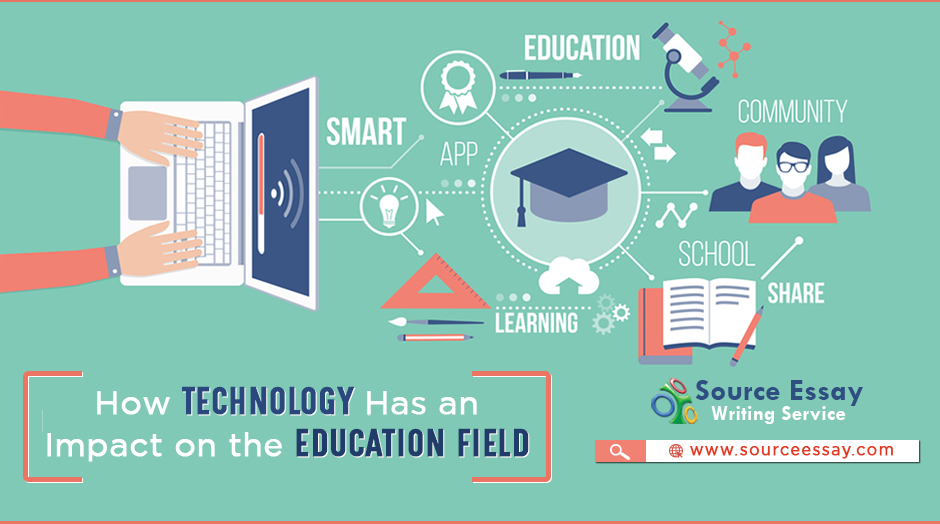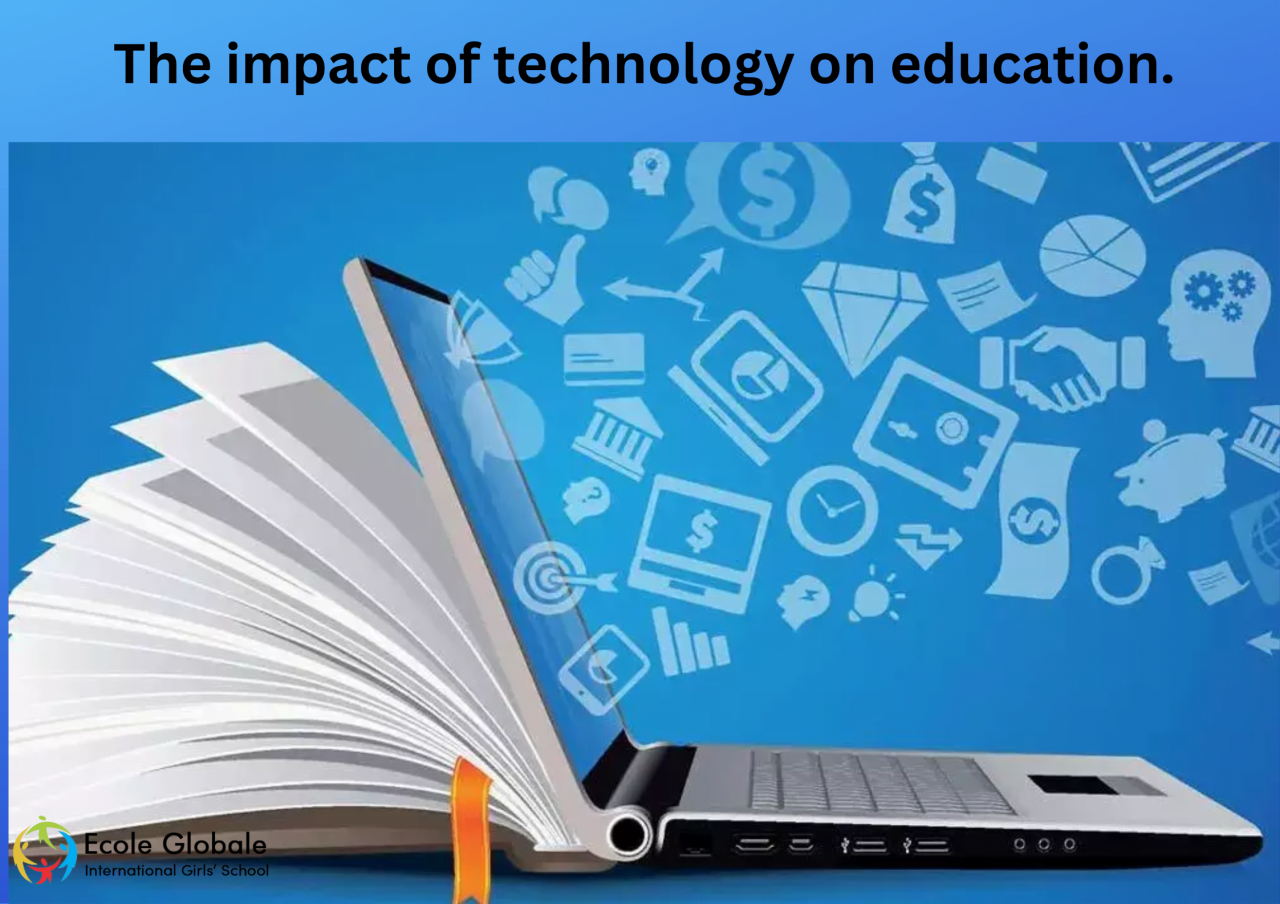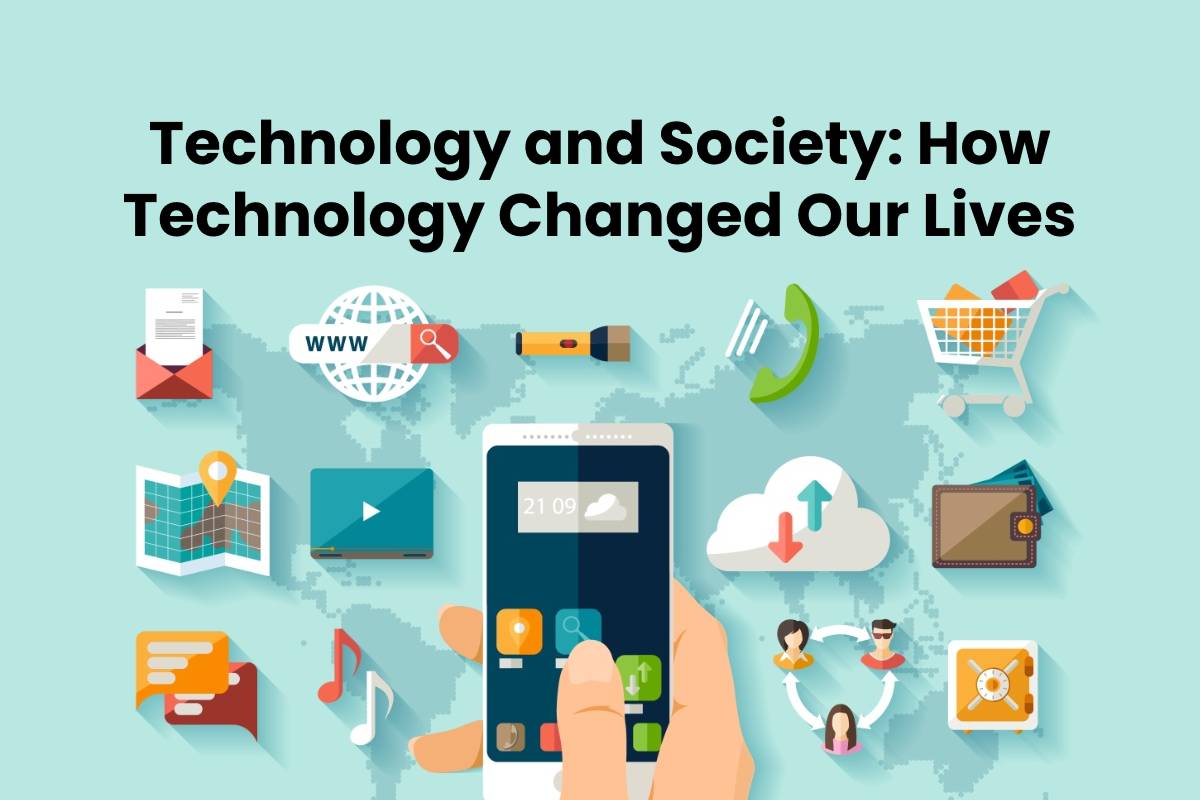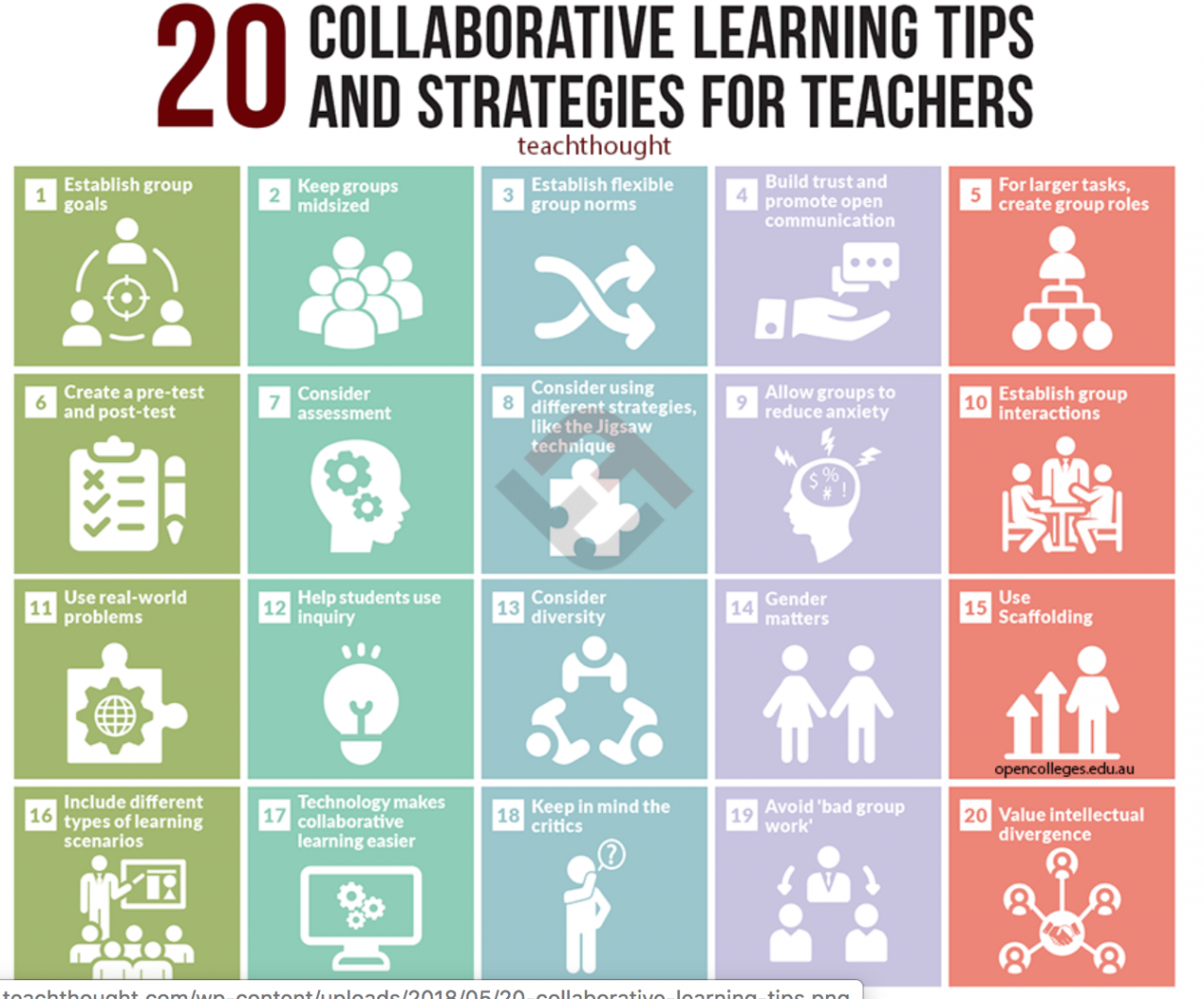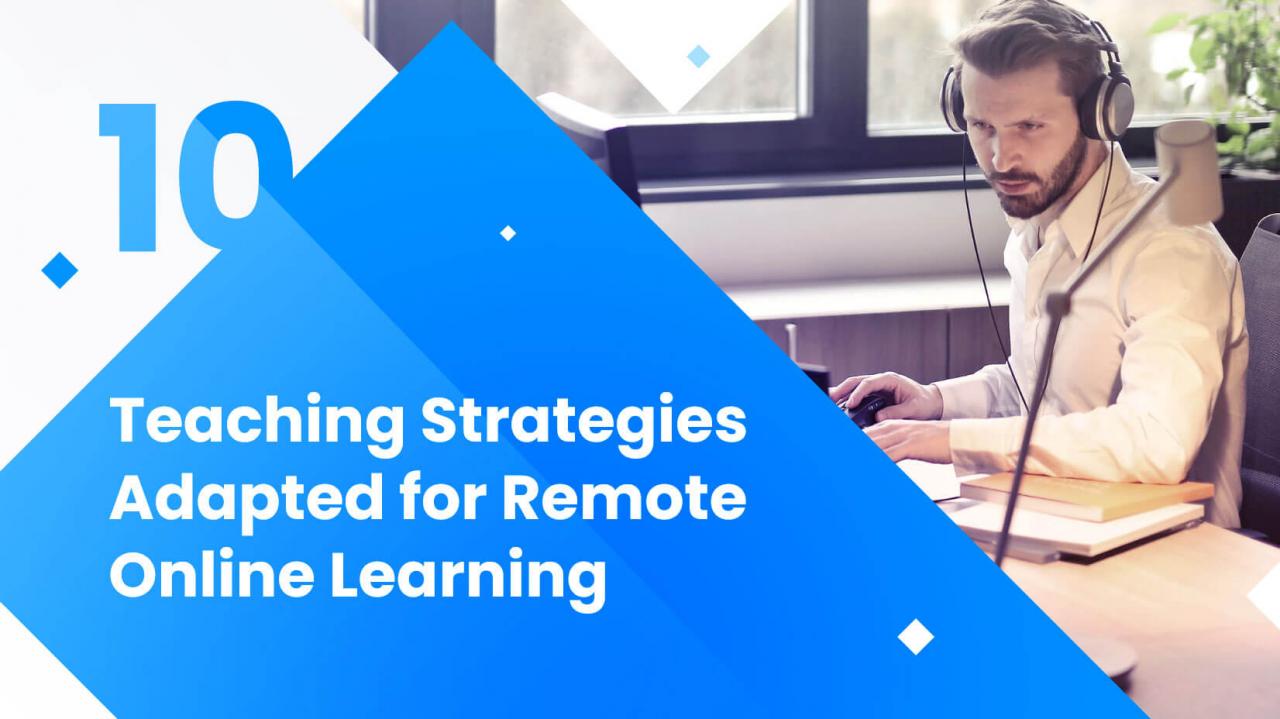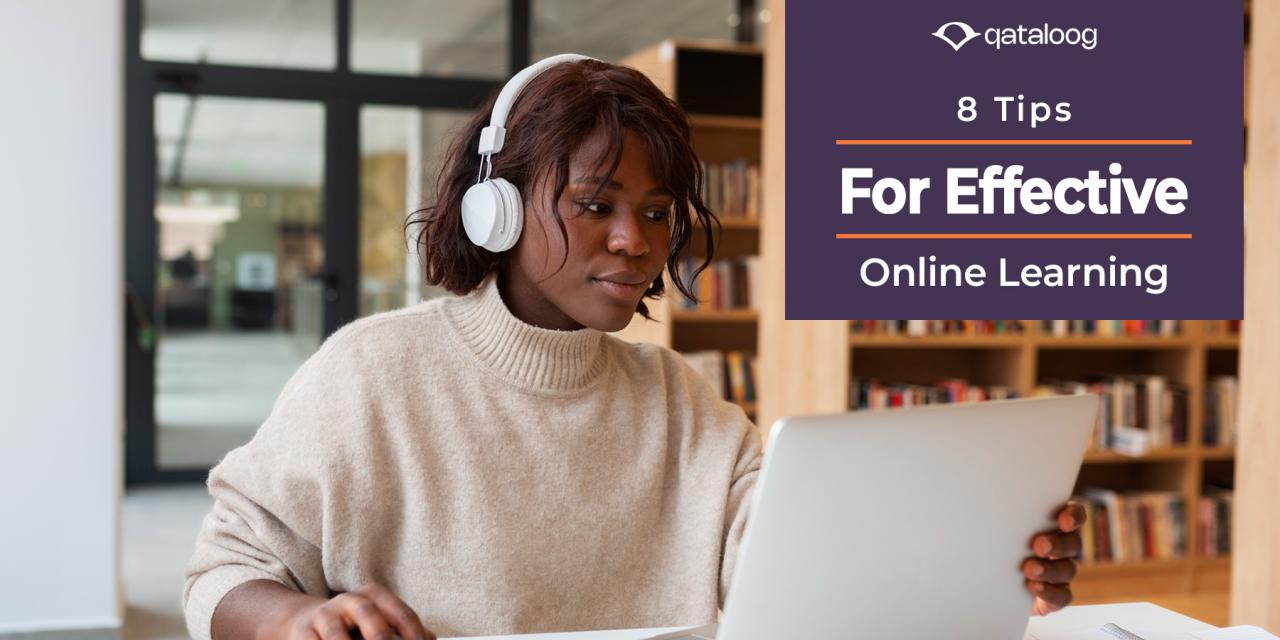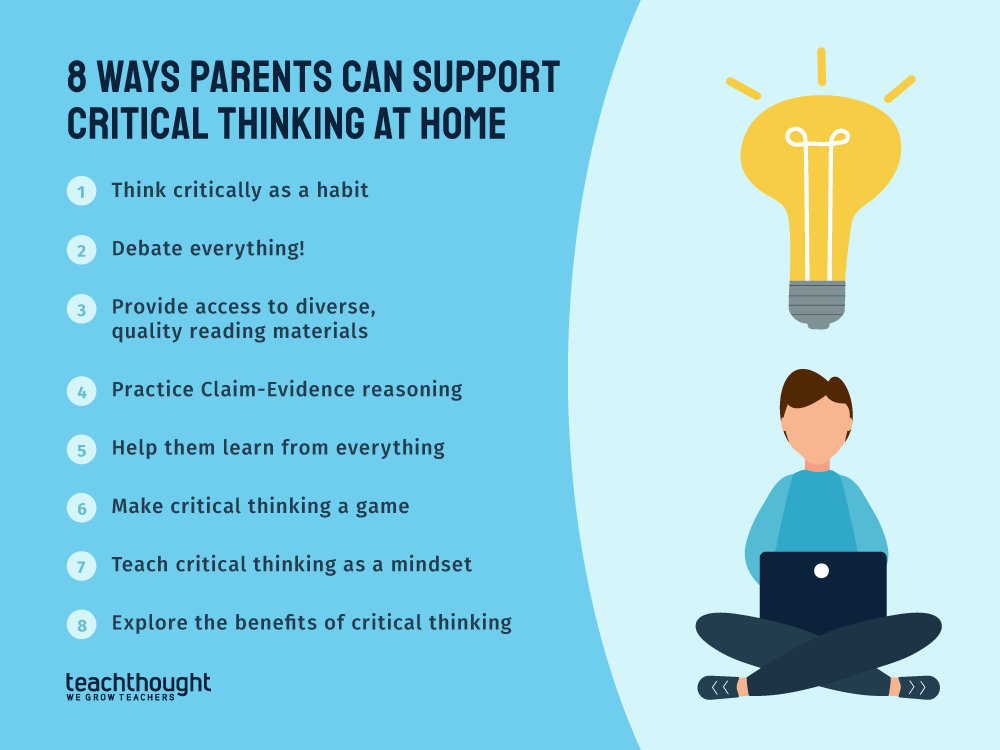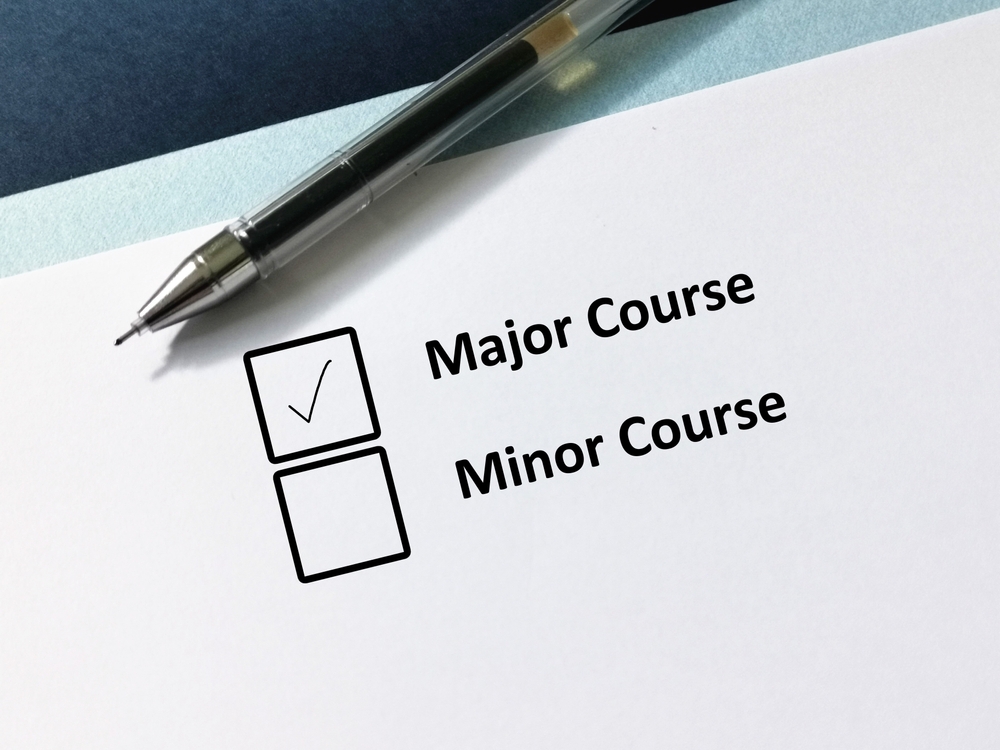The importance of fostering creativity and innovation in educational settings is undeniable. It’s no longer enough to simply memorize facts; today’s students need the skills to think critically, solve complex problems, and adapt to a rapidly changing world. This exploration dives deep into how nurturing creative thinking and innovative problem-solving can transform classrooms and empower the next generation.
From defining the nuances between creativity and innovation in education to outlining practical strategies for cultivating these crucial skills, we’ll examine effective teaching methods, project-based learning approaches, and the vital role of technology. We’ll also tackle the challenges involved in assessing these less tangible skills and offer solutions for overcoming obstacles to fostering a truly innovative learning environment. Get ready to rethink education!
Defining Creativity and Innovation in Education
Creativity and innovation are often used interchangeably, but in the educational context, they represent distinct yet interconnected processes. Understanding their nuances is crucial for fostering a truly dynamic and forward-thinking learning environment. While creativity focuses on generating novel ideas and approaches, innovation centers on implementing those ideas to solve problems or create something new and valuable. This distinction informs how we design curriculum and assess student work.Creativity in education involves the ability to think outside the box, explore unconventional solutions, and express oneself in unique ways.
It’s about embracing originality and fostering a mindset that values experimentation and risk-taking. Innovation, on the other hand, builds upon creativity by transforming those original ideas into tangible outcomes. It involves problem-solving, testing, refinement, and ultimately, the implementation of a new product, process, or solution.
Creative Activities in Various Subject Areas
Encouraging creativity across the curriculum requires intentional planning. Integrating creative activities strengthens students’ problem-solving skills and enhances their understanding of core concepts.
For example, in Mathematics, students can create their own word problems reflecting real-world scenarios or design interactive games to illustrate mathematical principles. In Science, they can design and conduct experiments to test hypotheses, building models to visualize complex systems, or creating presentations that creatively explain scientific concepts. Language Arts can be enriched through creative writing projects, poetry slams, dramatic interpretations of literature, or designing interactive storybooks.
History lessons can come alive through student-created documentaries, museum exhibits, or interactive timelines. Art classes naturally foster creativity, but even integrating creative projects into other subjects encourages students to visualize and express their understanding in novel ways.
Innovation in Student Projects and Classroom Activities
Innovation in the classroom isn’t just about individual projects; it’s about the entire learning process. Students can demonstrate innovation through collaborative projects that address real-world problems, designing and building prototypes to test solutions, or creating apps or software to solve educational challenges. Classroom activities can become innovative through the implementation of new technologies, project-based learning approaches, or the integration of student-led initiatives that reshape the learning environment.
For instance, students might develop a mobile app to help their community or design a more efficient system for managing classroom resources. The key is to empower students to take ownership of their learning and actively contribute to improvements.
Rubric for Assessing Creativity and Innovation
A robust assessment rubric should capture both the creative process and the innovative outcome. The following rubric provides a framework for evaluating student work, recognizing that specific criteria can be adjusted based on the project’s nature and subject area.
| Criteria | Creativity (0-4 points) | Innovation (0-4 points) |
|---|---|---|
| Originality | 0 – No original ideas; 1 – Few original elements; 2 – Some original ideas; 3 – Many original ideas; 4 – Highly original and unique approach | 0 – No new solutions; 1 – Minor improvements to existing solutions; 2 – Some new elements to existing solutions; 3 – Significant improvement or new approach; 4 – Novel and impactful solution |
| Imagination | 0 – Lacks imagination; 1 – Limited imagination; 2 – Shows some imagination; 3 – Demonstrates strong imagination; 4 – Exceptionally imaginative | 0 – No evidence of problem-solving; 1 – Basic problem-solving skills applied; 2 – Effective problem-solving evident; 3 – Creative problem-solving evident; 4 – Exceptional problem-solving leading to a significant solution |
| Expression | 0 – Poor expression of ideas; 1 – Fair expression of ideas; 2 – Good expression of ideas; 3 – Excellent expression of ideas; 4 – Exceptional and engaging expression | 0 – No implementation or testing of ideas; 1 – Partial implementation with minor testing; 2 – Successful implementation with adequate testing; 3 – Thorough implementation with rigorous testing; 4 – Comprehensive implementation and rigorous testing with demonstrable impact |
| Impact | 0 – No impact; 1 – Minor impact; 2 – Moderate impact; 3 – Significant impact; 4 – Transformative impact | 0 – No practical application; 1 – Limited practical application; 2 – Practical application with some effectiveness; 3 – Significant practical application and effectiveness; 4 – Transformative practical application with significant impact |
Benefits of Fostering Creativity and Innovation
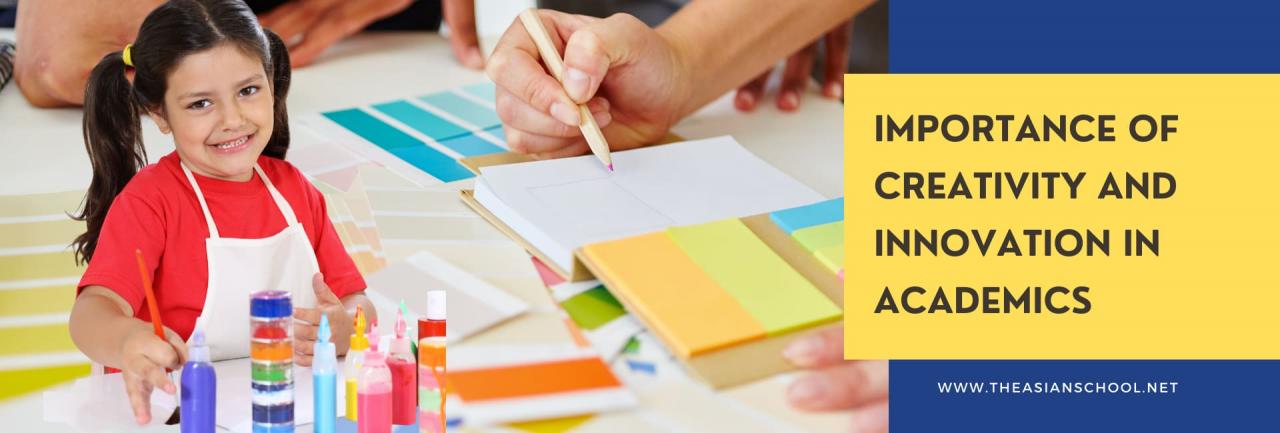
Fostering creativity and innovation in education yields a multitude of benefits, extending far beyond simply improving test scores. It cultivates essential 21st-century skills, enhances well-being, and prepares students for a rapidly evolving world. By encouraging creative thinking and innovative problem-solving, we empower students to become active and engaged learners, equipped to tackle the complex challenges of the future.
Creative Thinking and Problem-Solving
Creative thinking is a powerful tool for effective problem-solving. Instead of relying solely on pre-programmed solutions, creative thinkers approach challenges from multiple perspectives, generating diverse ideas and solutions. This process involves brainstorming, lateral thinking, and the ability to connect seemingly unrelated concepts. For instance, a student facing a complex physics problem might draw an analogy to a familiar real-world scenario, like a bicycle’s mechanics, to simplify the problem and arrive at a solution.
This approach goes beyond rote memorization and fosters a deeper understanding of the underlying principles.
Innovation and Improved Academic Performance
Fostering innovation in the classroom directly impacts academic performance. When students are encouraged to design projects, develop new approaches to learning, or invent solutions to real-world problems, their engagement and motivation increase significantly. Consider a science class where students are tasked with designing a sustainable water filtration system. The process of researching, designing, building, and testing the system fosters critical thinking, problem-solving, and teamwork, resulting in a deeper understanding of scientific concepts and improved academic results compared to traditional lecture-based learning.
This hands-on, project-based approach fosters a deeper understanding and retention of knowledge.
Creative Expression and Improved Mental Well-being
Creative expression plays a vital role in promoting students’ mental well-being. Engaging in creative activities, such as writing, painting, music, or drama, provides a healthy outlet for self-expression, reducing stress and anxiety. The process of creating something new can boost self-esteem and confidence, fostering a sense of accomplishment and pride. Studies have shown a strong correlation between creative activities and improved emotional regulation, resilience, and overall mental health in students.
For example, students who participate in art therapy often report feeling less stressed and more capable of managing their emotions.
Comparison of Creativity-Focused and Traditional Education
| Aspect | Creativity-Focused Education | Traditional Education | Notes |
|---|---|---|---|
| Critical Thinking | Encourages diverse perspectives and questioning assumptions. | Often focuses on memorization and standardized answers. | Leads to deeper understanding and independent thought. |
| Problem-Solving | Emphasizes innovative and creative solutions. | Primarily focuses on applying learned formulas and methods. | Develops adaptability and resourcefulness. |
| Collaboration | Promotes teamwork and shared learning experiences. | Often involves individual work and competition. | Builds communication and interpersonal skills. |
| Student Engagement | High levels of active participation and intrinsic motivation. | Can lead to passive learning and decreased engagement. | Results in increased learning outcomes. |
Strategies for Cultivating Creativity in the Classroom: Importance Of Fostering Creativity And Innovation In Educational Settings
Fostering creativity isn’t about magically transforming students into artistic geniuses; it’s about building a learning environment where innovative thinking is encouraged, mistakes are seen as learning opportunities, and students feel empowered to explore their ideas. This involves a conscious shift in teaching methodologies and classroom culture, moving away from rote learning and towards active, inquiry-based approaches.Effective teaching methods are crucial in unlocking students’ creative potential.
A diverse range of strategies can be employed to engage students and stimulate imaginative thinking, transforming the classroom into a dynamic space for exploration and discovery.
Effective Teaching Methods for Creative Thinking, Importance of fostering creativity and innovation in educational settings
Encouraging creative thinking requires a multifaceted approach. It’s not enough to simply assign creative projects; teachers must actively cultivate a culture of creativity through specific instructional techniques. This includes incorporating brainstorming sessions, utilizing mind-mapping techniques, and implementing project-based learning that allows students to actively explore their interests and ideas. Furthermore, embracing diverse learning styles and providing opportunities for collaborative work are essential for fostering a creative classroom environment.
Lesson Plan: Creative Problem-Solving in Science
This lesson plan focuses on creative problem-solving within a science context, specifically addressing water conservation. The target audience is a class of 10-year-olds. Learning Objective: Students will design and present an innovative solution to a real-world water conservation problem. Materials: Chart paper, markers, construction paper, various craft materials (e.g., straws, bottle caps, cardboard), access to the internet for research. Procedure:
1. Introduction (15 minutes)
Begin with a discussion about water scarcity and its impact. Show images depicting drought-stricken areas or water pollution.
2. Brainstorming (20 minutes)
Conduct a brainstorming session, encouraging students to generate ideas on how to conserve water at home, school, or in their community. Record ideas on chart paper.
3. Group Work (30 minutes)
Divide students into groups and assign each group a specific water conservation challenge (e.g., reducing water usage in the garden, designing a water-efficient showerhead).
4. Prototype Development (45 minutes)
Groups design and create prototypes of their solutions using provided materials. This could involve building a model of a water-efficient irrigation system or designing a device to collect rainwater.
5. Presentation (15 minutes)
Each group presents their solution to the class, explaining the design process and highlighting its effectiveness.This lesson plan integrates creative problem-solving by encouraging students to design and build prototypes, fostering collaborative learning, and developing critical thinking skills through research and presentation.
Utilizing Open-Ended Questions to Stimulate Creative Responses
Open-ended questions, unlike those with single-word answers, prompt deeper thinking and encourage diverse responses. Instead of asking “What is the capital of France?”, a more creative prompt would be “If you could design a city, what features would it have to make it sustainable and enjoyable?”. This approach allows students to explore their imagination and demonstrate their unique perspectives.
Other examples include asking students to design a new type of transportation, invent a solution to a local environmental problem, or create a story about a future world. The key is to avoid questions with predetermined “right” answers, allowing students to explore multiple possibilities and defend their reasoning.
Classroom Environments that Foster Creativity and Risk-Taking
A creative classroom isn’t just about the activities; it’s about the overall atmosphere. A classroom decorated with student artwork, featuring collaborative projects displayed prominently, and allowing for flexible seating arrangements encourages a sense of ownership and belonging. Incorporating “maker spaces” with readily available materials for building and creating further enhances the environment. Most importantly, teachers should create a safe space where students feel comfortable taking risks, making mistakes, and sharing their ideas without fear of judgment.
This environment is built on trust, respect, and a shared understanding that the learning process includes experimentation and iteration.
Encouraging Innovation Through Project-Based Learning
Project-based learning (PBL) isn’t just about completing assignments; it’s a powerful engine for cultivating innovative thinking in students. By tackling complex, real-world challenges, students develop crucial 21st-century skills like problem-solving, critical thinking, and collaboration – all while fostering a deep understanding of the subject matter. This approach moves beyond rote memorization, encouraging students to become active creators and innovators rather than passive recipients of information.PBL empowers students to design and implement solutions, fostering a deeper understanding of the iterative nature of innovation.
Nurturing creativity and innovation in schools is crucial for developing future leaders. A safe and secure environment is equally vital for students to thrive, much like the peace of mind offered by finding the perfect place to live, such as those listed on this site featuring top rated apartments with excellent security features. Ultimately, fostering a sense of security, whether in a home or a classroom, unlocks potential and allows for the blossoming of innovative ideas.
The process of experimentation, failure, and refinement inherent in PBL mirrors the real-world challenges faced by innovators and entrepreneurs. This hands-on approach builds confidence and resilience, crucial traits for navigating the complexities of future endeavors.
Examples of Innovative Project-Based Learning
Several project examples effectively showcase the power of PBL in fostering innovation. Imagine a group of high school students tasked with designing a sustainable urban farming system for their community. They’d need to research local climate conditions, consider available resources, and develop a cost-effective and environmentally friendly solution. Alternatively, a class could develop a mobile application addressing a local issue like food insecurity or waste management, requiring them to master coding, design, and market research.
These projects demand creativity, problem-solving skills, and collaborative efforts, ultimately resulting in tangible, innovative outputs.
The Importance of Student Autonomy and Choice in Project-Based Learning
Providing students with autonomy and choice is paramount to successful PBL. When students have a voice in selecting their projects and determining their approach, their engagement and ownership significantly increase. This sense of agency fuels intrinsic motivation, leading to more creative and innovative solutions. Offering a range of project options, catering to diverse interests and skill sets, ensures inclusivity and maximizes student participation.
For instance, students might choose to focus on a scientific investigation, a historical reenactment, a piece of creative writing, or a technological design project, all within the same overarching theme. This flexibility allows for personalized learning experiences that cater to individual strengths and passions.
Resources for Supporting Innovative Project Development
Access to appropriate resources is crucial for supporting innovative project development within a PBL framework. These resources can significantly enhance the learning experience and enable students to realize their creative potential.
The following tools, materials, and websites can be invaluable:
- Design software: Canva, Adobe Creative Suite (Photoshop, Illustrator, InDesign), Tinkercad (3D modeling).
- Coding platforms: Scratch, Code.org, MIT App Inventor.
- Research databases: JSTOR, EBSCOhost, Google Scholar.
- Collaboration tools: Google Workspace (Docs, Slides, Sheets), Microsoft Teams, Slack.
- Maker spaces and fabrication labs: These provide access to 3D printers, laser cutters, and other tools for prototyping and creating physical models.
- Online project management tools: Trello, Asana, Monday.com.
- Open Educational Resources (OER): Numerous websites offer free and openly licensed educational materials, including textbooks, videos, and interactive simulations.
Assessing Creativity and Innovation
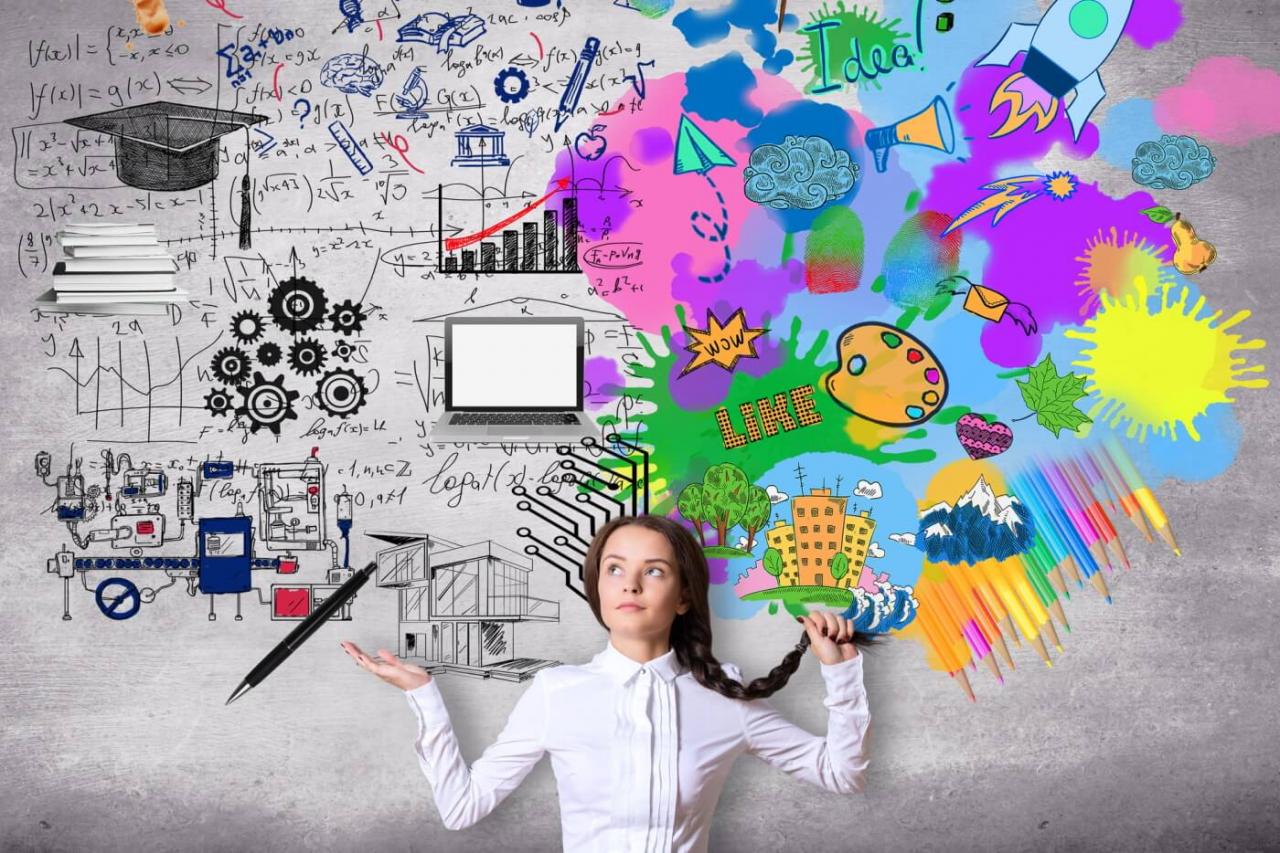
Evaluating creativity and innovation in education presents a unique challenge. Unlike standardized tests that measure rote learning, assessing these qualities requires a multifaceted approach that considers both the process and the product. It necessitates moving beyond simply judging the final output and delving into the student’s creative journey.A holistic assessment method should capture the entire creative process, from initial ideation to final presentation.
This involves evaluating not only the end result but also the student’s approach to problem-solving, their experimentation with different ideas, their ability to overcome obstacles, and their reflection on their work. A simple rubric might not suffice; instead, a combination of methods, such as portfolios, self-reflection journals, peer evaluations, and teacher observations, would offer a more comprehensive understanding of the student’s creative journey.
A Multifaceted Assessment Method
This approach incorporates various methods to gain a holistic view of student creativity and innovation. It acknowledges that the creative process is as valuable as the final product. Students document their creative journey through a portfolio, showcasing sketches, drafts, and iterations of their work. This allows the assessor to see the evolution of their ideas and the problem-solving strategies employed.
Fostering creativity and innovation in education isn’t just about artistic expression; it’s about equipping students with the tools to solve complex problems. A crucial component of this is sharpening critical thinking skills, which are vital for innovative breakthroughs. Learning how to effectively analyze information, a skill detailed in this helpful guide on how to improve critical thinking skills in higher education , directly supports the development of creative solutions and ultimately fuels a more innovative learning environment.
Self-reflection journals provide insight into the student’s thought process, challenges encountered, and lessons learned. Peer evaluations offer diverse perspectives on the innovative aspects of the project, fostering collaboration and critical thinking. Teacher observations provide valuable real-time insights into the student’s engagement, creativity, and problem-solving approach during the project. Finally, the final product itself is assessed for originality, effectiveness, and the successful application of innovative solutions.
Providing Constructive Feedback
Constructive feedback is crucial for nurturing creativity. Instead of focusing solely on flaws, feedback should highlight strengths, identify areas for improvement, and encourage further exploration. It should be specific, actionable, and focused on the process rather than simply judging the outcome. For example, instead of saying “This is not creative,” feedback might focus on specific aspects, such as “Your initial concept was intriguing, but the execution could be improved by exploring alternative materials or techniques.” Encouraging experimentation and risk-taking is key.
Students should feel comfortable exploring unconventional ideas without fear of judgment. Feedback should always aim to inspire further creative exploration and experimentation.
Challenges in Objective Assessment
Objectively assessing creativity and innovation is inherently difficult because these qualities are subjective and context-dependent. What is considered creative in one context might not be in another. Additionally, there’s no single, universally accepted definition of creativity or innovation. Therefore, the assessment must be tailored to the specific context and learning objectives. Relying solely on numerical scores or grades can be misleading.
A more nuanced approach that incorporates qualitative data, such as observations and student reflections, is necessary to capture the richness and complexity of the creative process. The assessor needs to be aware of their own biases and strive for fairness and consistency in their evaluations.
Rubric for Evaluating Innovative Solutions
A rubric can provide a structured framework for evaluating student presentations demonstrating innovative solutions. It ensures consistent and fair assessment across different projects and students. The rubric should clearly define the criteria for evaluating the presentation and provide specific examples of what constitutes different levels of achievement for each criterion.
Here’s a sample rubric for evaluating student presentations on innovative solutions:
- Problem Identification and Understanding (20%): Clearly defined the problem; demonstrated thorough understanding of the problem’s complexities; effectively communicated the problem’s significance.
- Innovation and Originality (30%): Proposed a novel and creative solution; demonstrated originality and imaginative thinking; went beyond conventional approaches.
- Solution Feasibility and Practicality (20%): Presented a realistic and practical solution; considered potential challenges and limitations; offered a viable plan for implementation.
- Presentation Clarity and Effectiveness (20%): Clearly and concisely presented the solution; used appropriate visuals and supporting evidence; engaged the audience effectively.
- Reflection and Learning (10%): Demonstrated thoughtful reflection on the process; identified areas for improvement; articulated lessons learned from the experience.
The Role of Technology in Fostering Creativity and Innovation
Technology has revolutionized how we learn and create, offering unprecedented opportunities to foster creativity and innovation in educational settings. Its integration isn’t just about adding gadgets; it’s about fundamentally changing the learning experience, making it more engaging, interactive, and personalized. This allows students to explore their ideas in dynamic new ways, pushing the boundaries of their imagination and problem-solving abilities.Technology provides tools that enhance creative expression and problem-solving in multiple ways.
It offers access to vast information resources, enabling students to research, collaborate, and build upon existing knowledge. Furthermore, digital tools empower students to experiment, iterate, and refine their work quickly and easily, fostering a culture of experimentation and risk-taking crucial for innovation. The immediate feedback loops inherent in many digital tools allow for rapid learning and improvement.
Educational Technologies that Promote Innovation
Many educational technologies directly support innovative practices. Digital storytelling platforms, for example, allow students to create compelling narratives using text, images, audio, and video. Interactive simulations and virtual reality (VR) experiences immerse students in complex scenarios, encouraging them to think critically and creatively to solve problems. 3D modeling and design software allows students to translate their ideas into tangible objects, promoting spatial reasoning and design thinking.
Collaborative platforms, like Google Docs or shared online whiteboards, facilitate teamwork and knowledge sharing, vital aspects of the innovative process. Finally, coding platforms and game design software encourage computational thinking and problem-solving through creative projects.
Challenges and Ethical Considerations of Technology in Education
While technology offers immense potential, its integration also presents challenges. Over-reliance on technology can hinder the development of essential skills like critical thinking and independent learning if not properly balanced with other pedagogical approaches. The digital divide, the unequal access to technology and internet connectivity, creates inequities in educational opportunities. Furthermore, ethical concerns arise regarding data privacy, online safety, and the potential for algorithmic bias in educational technologies.
Ensuring responsible and ethical use of technology requires careful planning, teacher training, and clear guidelines for students.
A Technologically Enhanced Classroom Supporting Creative Projects
Imagine a vibrant classroom where students are engrossed in collaborative projects. Small groups huddle around laptops, using graphic design software to create visuals for a digital presentation on a historical event. In another corner, students utilize 3D printers to create models of their innovative solutions to a local environmental challenge. A large interactive whiteboard displays a shared document where students brainstorm ideas and provide feedback on each other’s work.
Virtual reality headsets allow students to experience historical sites or explore scientific concepts in immersive environments. The teacher circulates, providing guidance and support, not as a lecturer but as a facilitator, encouraging students to explore their creativity and solve problems collaboratively. The room buzzes with activity, a dynamic ecosystem where technology seamlessly integrates with traditional learning methods to foster a culture of innovation and creative exploration.
Overcoming Barriers to Creativity and Innovation
Fostering creativity and innovation in education isn’t a simple switch-flip; it requires navigating a landscape riddled with obstacles. These hurdles, if left unaddressed, can stifle the very ingenuity we aim to cultivate. Understanding these barriers and implementing effective strategies to overcome them is crucial for creating truly inspiring learning environments.Addressing common obstacles to fostering creativity and innovation requires a multi-pronged approach, focusing on both the systemic and individual levels.
From a lack of resources to deeply ingrained mindsets, numerous factors can hinder a student’s (and teacher’s) ability to embrace creative thinking and problem-solving.
Fear of Failure and Risk Aversion
Fear of failure is a significant impediment to creative exploration. Students, often pressured by high-stakes assessments and a focus on standardized testing, may shy away from taking risks, experimenting with novel ideas, or embracing unconventional approaches. Overcoming this requires shifting the classroom culture towards one that values the process of learning over solely focusing on the outcome. This includes implementing formative assessments, providing constructive feedback that focuses on growth, and celebrating effort and experimentation alongside achievement.
Teachers can model risk-taking by sharing their own creative processes and mistakes, demonstrating that failure is a vital part of learning and innovation.
Lack of Resources and Support
Limited resources, both material and human, pose a significant challenge. This can manifest as insufficient funding for art supplies, technology, or field trips, as well as a shortage of qualified teachers trained in creative pedagogy. Addressing this necessitates advocating for increased funding for education, particularly in areas supporting creative initiatives. Furthermore, innovative use of existing resources, collaboration with community organizations, and leveraging technology affordably can help mitigate resource constraints.
Rigid Curriculum and Assessment Methods
A rigid, standardized curriculum that prioritizes rote learning over critical thinking and problem-solving directly undermines creative potential. Similarly, traditional assessment methods, which often focus on memorization and standardized tests, fail to capture the multifaceted nature of creativity. To overcome this, educators need to advocate for curriculum reform that integrates creative projects, open-ended assignments, and authentic assessments that evaluate creativity and innovation.
This might include portfolio assessments, peer evaluations, and presentations showcasing creative problem-solving.
Insufficient Teacher Training and Professional Development
Effective implementation of creative teaching practices relies heavily on adequately trained and supported teachers. Many educators may lack the necessary skills and confidence to foster creativity in their classrooms. Therefore, ongoing professional development opportunities focusing on creative teaching methodologies, innovative assessment techniques, and strategies for managing a creative classroom are essential. This training should not be a one-off event but an ongoing process that empowers teachers to continuously refine their practice and adapt to the evolving needs of their students.
Diverse Approaches to Fostering Creativity
Implementing effective strategies to foster creativity requires considering the diverse learning environments and needs of students. Different approaches resonate with different learners.
| Approach | Description |
|---|---|
| Inquiry-Based Learning | Students actively participate in the learning process by formulating questions, conducting research, and drawing conclusions. This approach encourages critical thinking, problem-solving, and creative exploration. |
| Differentiated Instruction | Teachers tailor their instruction to meet the individual needs and learning styles of each student. This ensures that all learners have the opportunity to engage with the material in a way that suits them best, fostering creativity through personalized learning experiences. |
| Arts Integration | Integrating art forms such as music, visual arts, drama, and dance into other subject areas can stimulate creativity and enhance understanding. This interdisciplinary approach allows students to express their ideas in various ways and makes learning more engaging. |
| Gamification | Incorporating game mechanics and elements into the learning process can motivate students, enhance engagement, and foster creative problem-solving. The playful nature of games can unlock creativity and encourage risk-taking. |

